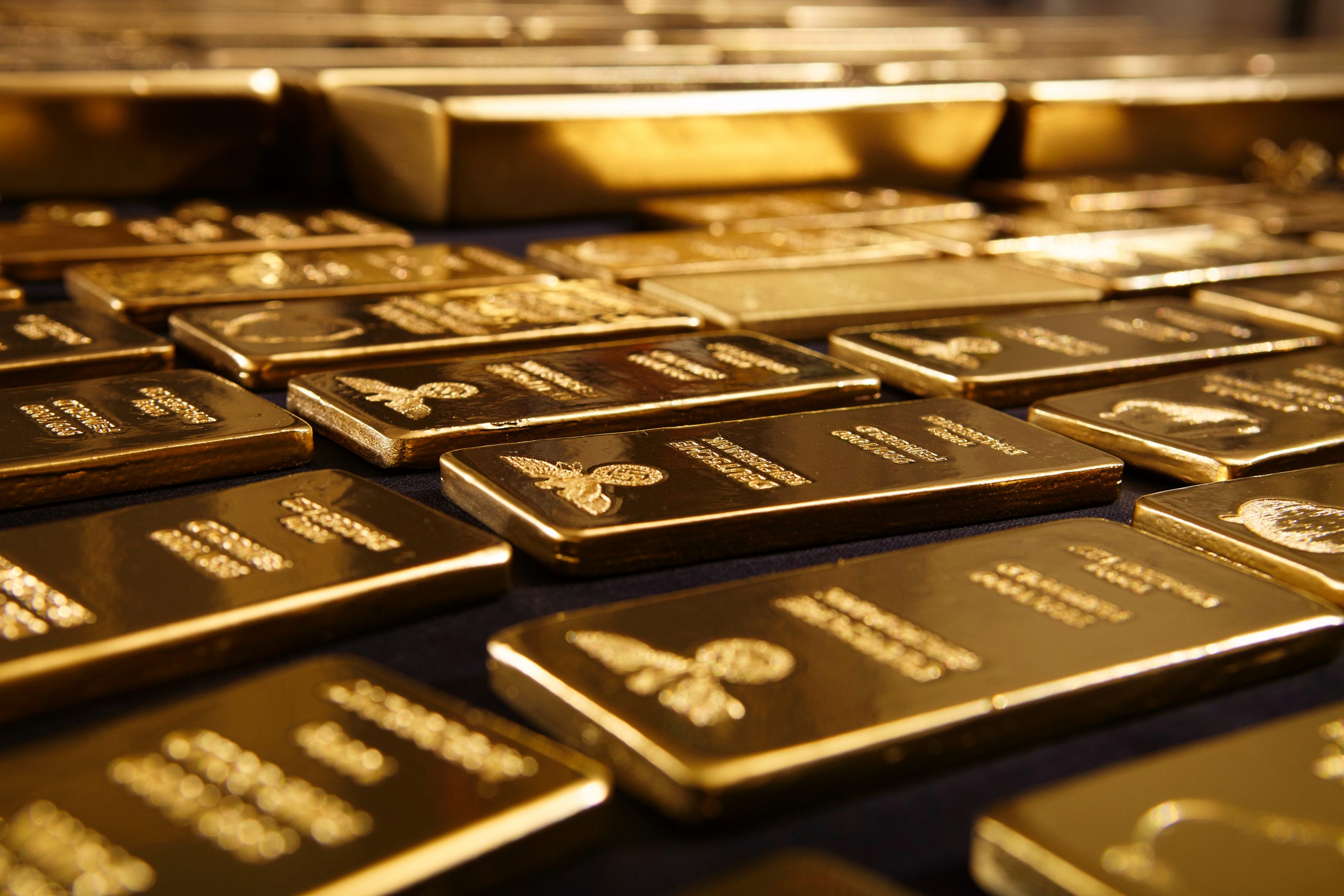In a surprising turn of events, the price of gold soared to $2,008.03 per ounce, signaling a remarkable resurgence in its value. This surge was driven by a combination of factors, including a weakening U.S. dollar and a decrease in U.S. Treasury yields due to discouraging economic indicators. This comeback marked a significant milestone for gold, as it surpassed the psychologically important $2,000 level, demonstrating its resilience and speculative appeal.
The catalyst behind this upward trend was the conflicting signals coming from the U.S. economy. While retail sales data for January fell below expectations, indicating weaker consumer spending, there were also nuanced improvements in manufacturing indices. This complex economic landscape prompted investors to turn to gold as a safe-haven asset, driving its price higher.
From a technical perspective, the surge in gold prices has sparked both resilience and speculative anticipation. The bullish trend gained momentum as the price crossed the $2,000 threshold, but it faces challenges such as ongoing ETF outflows. The gold market is now closely monitoring key resistance levels, with a close above $2,031 potentially signaling a sustained bullish trend.
The recent movement in gold prices is not just a financial story, but also reflects gold’s broader significance in technology, medicine, and culture. Additionally, the performance of silver, the impact of the USD Index on gold prices, and the potential of junior mining stocks all add depth to the narrative. The rise in gold prices is a testament to the enduring allure of gold as a safe haven and a symbol of value and stability.
In conclusion, the surge in gold prices to $2,008 amid mixed U.S. economic data highlights the complexity of the market and the enduring appeal of gold. As the market navigates upcoming resistance levels and the challenge of ETF outflows, gold’s legacy as a safe-haven asset remains unshakeable, reflecting its enduring place in global markets and cultures.
Additional insight: The surge in gold prices amid a weakening U.S. dollar and uncertain economic indicators also reflects the ongoing impact of geopolitical tensions, inflation concerns, and global economic recovery. Additionally, the role of central bank policies, particularly the Federal Reserve’s stance on interest rates and monetary stimulus, continues to influence investor sentiment towards gold as a hedge against inflation and currency devaluation. The ongoing shift towards sustainable investing and environmental, social, and governance (ESG) considerations also adds further dimensions to the narrative, as investors seek assets with long-term value and positive social impact.









